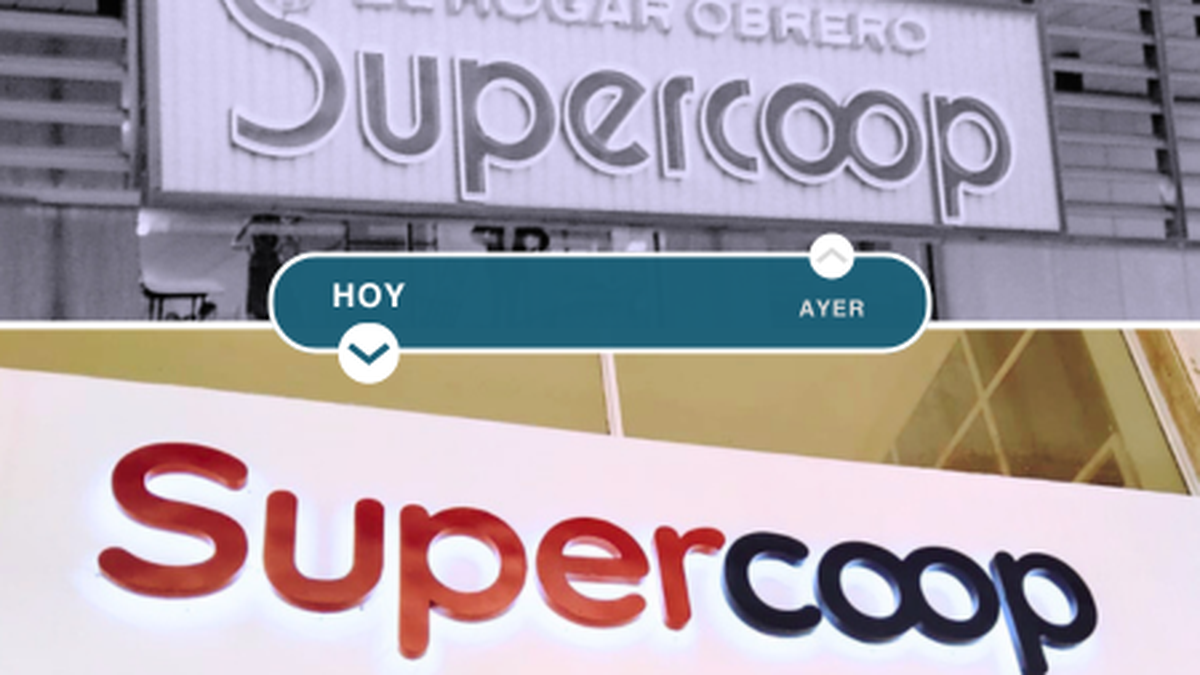An icon from the 80s returns that is still present in the collective unconscious of Argentines and that is also an undisputed emblem of rise and fall based on the country’s economic ups and downs. This is the Supercoop supermarket, which in the 80s had 300 branches and was under the orbit of the giant Hogar Obrero.
Supercoop will return to CABA with a first location before the end of the year, more precisely at Avenida Independencia at 400 in the San Telmo neighborhood, and the landing has the Bahía Blanca Workers’ Cooperative behind it, which precisely partnered with the Hogar Obrero to operate this mythical Argentine brand. According to Ámbito, the opening is scheduled for next week.
“Initially, work is being done in a building owned by El Hogar Obrero in which substantial improvements are being made that will allow a cooperative supermarket to be opened by the end of 2024. The objective is to join efforts to develop new common actions that aim to extend the consumer service in the Autonomous City of Buenos Aires,” they explained from the Hogar Obrero.
The key fact is that El Hogar Obrero currently has several buildings with the potential to reopen as a supermarket and the association with the Cooperativa Obrero de Bahía Blanca, a strong retail firm in the interior of the country with more than 150 branches, opens a great possibility of expansion. for both companies. Even where work is being carried out today to open a Supercoop, there used to be a store belonging to the French chain Carrefour that rented the premises to the Hogar Obrero.
“Today’s world and our country in particular face severe political, social, economic, financial and environmental commitments. And the entities of the social economy, led by cooperatives, which are the hope that millions of people have to achieve better living conditions, assume a key role in defending consumers and the quality of life of their members. With this significant step, El Hogar Obrero and Cooperativa Obrera join forces to defend the economy of freely associated people, ensuring through Supercoop quality, fair price and transparency in the marketing of consumer goods and personal use.” , they explain from El Hogar Obrero.
Fall and resurgence
El Hogar Obrero was born on July 30, 1905 in a modest room on Talcahuano Street, in Buenos Aires. It was founded by a group of socialists and cooperative members, including Juan B. Justo, with the objective of providing accessible solutions in housing, consumption and credit to workers and their families. Its initial mission was to build affordable housing through a cooperative system, allowing its members to purchase properties with affordable financing.
Meanwhile, Supercoop emerged in the 1950s, inspired by the rise of supermarkets in the United States, and quickly positioned itself as a benchmark in the country. But it was in the 80s when it reached its peak, consolidating itself as an accessible alternative for millions of Argentine families.s. At its peak, the network had 300 branches nationwide and was made up of a network of cooperatives that produced everything from food to textiles, and more than 14,500 employees.
History took a turn in the late 1980s, when Hogar Obrero faced its greatest challenge due to hyperinflation and the impact of the Bonex Plan in 1989, which involved the forced conversion of deposits into public securities, causing a loss of 70% of its capital. This led to a liquidity crisis that led the cooperative to call for bankruptcy in 1991 to avoid bankruptcy. Thus, the Supercoops gradually disappeared from the landscape of the country’s main avenues.
Despite attempts to reorganize, including the sale of assets and a significant reduction in operations, the Hogar Obrero never recovered its former influence, but now with the association with the Cooperativa Obrera de Bahía Blanca it is committed to regaining the brilliance of bygone eras.
Source: Ambito




